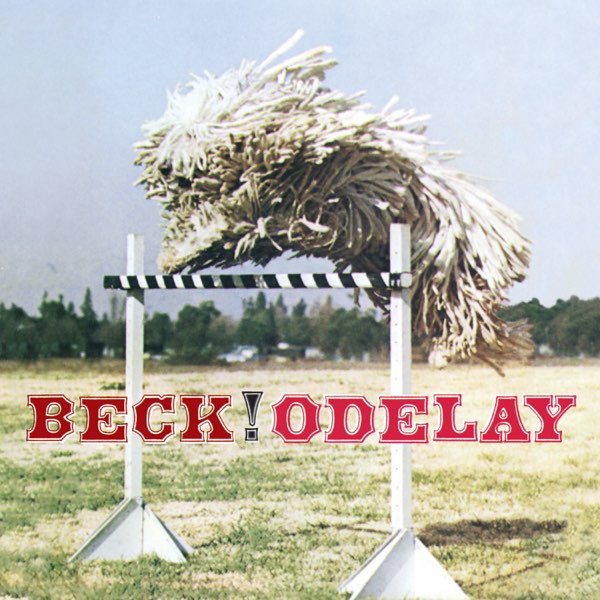A favorite artist of mine since I was a middle school child, I’ve always found comfort in Beck’s diverse genre-bends in the 1990’s. I still greatly enjoy his work to this day, but he is far more hit-or-miss lately, with an unfortunate emphasis on the misses.
Despite how I view his music now, his seminal 1996 record “Odelay” fully shows his true potential in the “anti-???” genre of his time. Now, the actual term he was scooped up into, against his liking, would be the slacker generation and the anti-folk movement, but I put question marks in what I define him as because Beck is certainly no slacker.
Having been near-homeless despite working constantly many times in the 1980’s and early 1990’s, and because Beck himself appears to be anti-label of most kinds. He hated the slacker label and always adhered to the opposite of what would result in immediate success.
Something is nuts with this album. Either in the mind of its maker or in its concept itself. We start with the aggressive yet jingly “Devil’s Haircut” and in an instant get taken into “Hotwax,” a rap rock song using only acoustic guitars and harmonica. Later, “The New Pollution” goes into alternate reality bubblegum pop, which is backed by smooth alto sax and a demented sound of isolation.
The album on paper is all over the place but becomes cohesive in the hands of Beck and producers The Dust Brothers (one might be familiar with their work making Fight Club’s soundtrack and Beastie Boys sophomore record) through its experimentation in weirdness.
“Novacane” is a perfect example of Beck being his anti-anything self: live performances featured him in a fancy button-up suit paired with a old school harmonica, the song itself has a minute plus long outro of pure noise, and the song itself speaks of nothing whilst sounding important.
Many of Beck’s lyrics follow this ironic style, as he famously used in what remains his only true mainstream success through Loser in 1994. Songs like “Where’s It’s At” or “High Five (Rock the Catskills)” are catchy, although ear-splitting, jams thanks to dance-inducing beats, clever sampling, and high frequency tones. What on Earth could “I’ve got two turntables and a microphone” mean? Nothing. That’s why the song is awesome. The rule of cool strikes again.
Nonsense lyricism might be the basis for the record but Beck’s musical prowess in sampling and skills in the genre switch-up show he has depth. Combined with the talented Dust Brothers, Beck traverses a vast landscape of samples with his own original instrumentation in ways few artists have attempted to replicate. The very concept of rock music utilizing samples is an under explored genre in my opinion.
Diving deeper, the album’s closer “Ramshackle” (if you don’t count the hidden track of bleep bloops at the end, labeled as “Computer Rock” on streaming platforms) is its only track to contain heavy lyrics. Previous songs may be filled with ironic or post-ironic (maybe even post-post-ironic) nonsense but cracks show into who Beck is and his experiences. “Jackass,” “Sissyneck,” and “Lord Only Knows” reflect on his time going from menial job to a new, uniquely soul sucking other.
“Ramshackle” continues this theme but in more detail. A more clear picture is presented here, of people falling out of his life forever and a feeling of no guidance for what comes next. But, as the chorus picks up, unity is described. Unity that we all face the unknown. We all face the uncertain, terrifying world and keep moving forward. We will lose the world we stand on, but will push on. We might even succeed.
“Odelay” is a fantastic rock, hip-hop, folk- or really, whatever you want to call it- record. It was nominated at the 1997 Grammy awards for Album of the year and ended up winning Best Alternative Music Performance as well as Best Male Rock Vocal Performance for the single “Where It’s At.”
Favorite tracks:
1. “Ramshackle”
2. “Where It’s At”
3. “Novacane”
4. “High Five (Rock the Catskills)”

